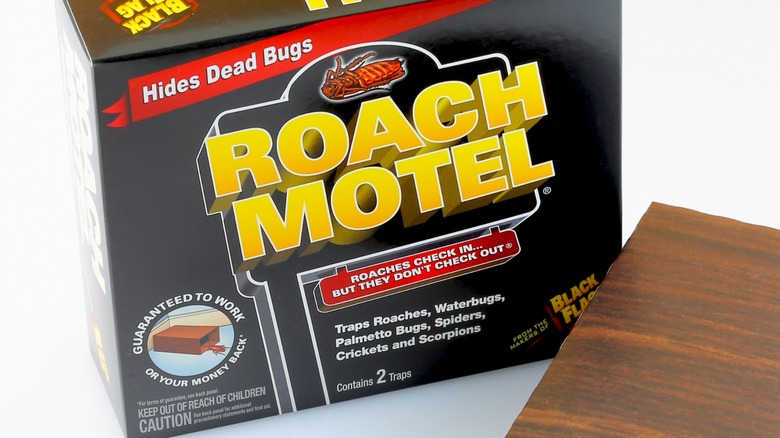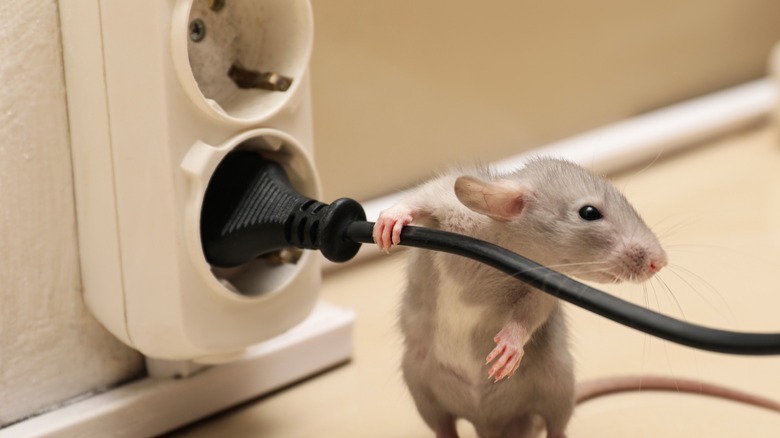Why Your Pest Infestation May Be A Bigger Problem Than You Think
You're standing at the sink washing your hands, thinking about what you can come up with for dinner when suddenly, you see movement out of the corner of your eye. You freeze; dread comes over you, and your heart does a little flutter. You put your game face on, grab your trusty can of Raid (slowly), and spray generously in its general direction. Let's face it: not many of us relish the thought of dealing with filthy, creepy, multi-legged crawlers in our homes. But one thing is sure: a pest population is nearly always exponentially higher than the few you see around the house.
Cockroaches, bed bugs, ants, termites, and rodents are all examples of pests that are masterful at hiding their true numbers. In the case of termites, they're often completely undetected visually, or at least not until there's already been irreparable damage done. And while we might truly be trying to live our lives chemical-free, dealing with a pest infestation that pervades the very walls of our sanctuaries raises the stakes to a whole new level.
Where there's one, there's more...
Many of us have heard the old wives' tale about pests like cockroaches, that "for every one you see, there's another 10 you don't." In truth, according to a recent article in the Washington Post, for every cockroach you see in your home, there could be up to 1,000 more you don't see! What's worse, this comes from an expert, a man named Richard S. Patterson, who studies cockroaches at the Agriculture Department's Insects Affecting Man and Animals Laboratory.
The IAMAL released thousands of roaches and found that for every one caught in a "roach motel" type trap left out for 24 hours, there were consistently at least 800 more, alive and well, hiding elsewhere in that same test kitchen. The tests were repeated multiple times to establish accuracy, proving those old wives had some truth to them after all! But there are signs to look for that can help you better determine if you have an infestation or not.
Signs of a pest infestation
The first thing to notice is any unusual odors. Different pests can leave varying smells, from ammonia to a musky scent. Any smell you notice out of the ordinary could indicate their presence. Cockroaches are nocturnal, so if you see one out in the open in the daytime, this could be a sign of a bigger population you don't see. If you find any nests, such as in closet corners, attics, under sinks, or really anywhere, you likely have a rodent infestation that's quite larger than you realized. Mice like to chew on things like cords, cardboard, and wood, so you might also notice teeth marks or damage.
Next, pay close attention to the outside perimeter of your house. Notice if you have a large number of spiders and/or ladybugs, as they are predator insects, and increased numbers could indicate an infestation of even more undesirable pests. Additionally, do a visual inspection for ant hills or mounds around the foundation of the house. Keep a special eye out for mud tubes, which are an indication of termites. If you spot areas of waste from insects or rodents, there could be more than you think. All in all, stay vigilant in noticing evidence of common pests in your area. The earlier you catch an infestation, the better, so call a professional at the first sign of a problem.


